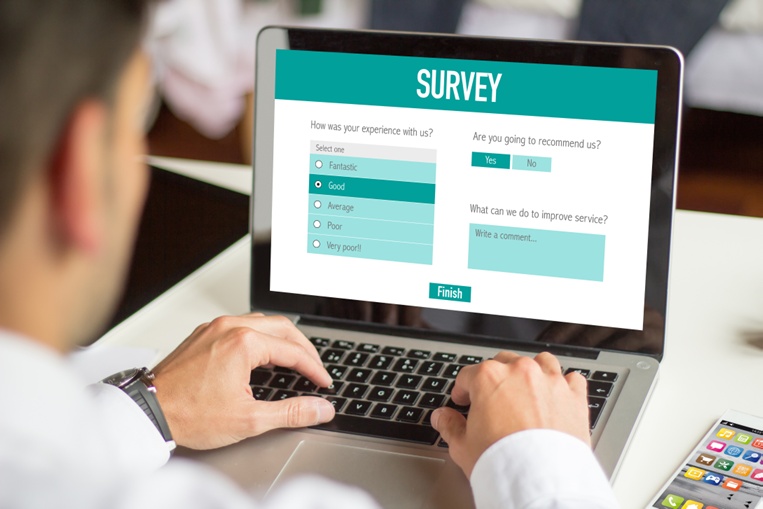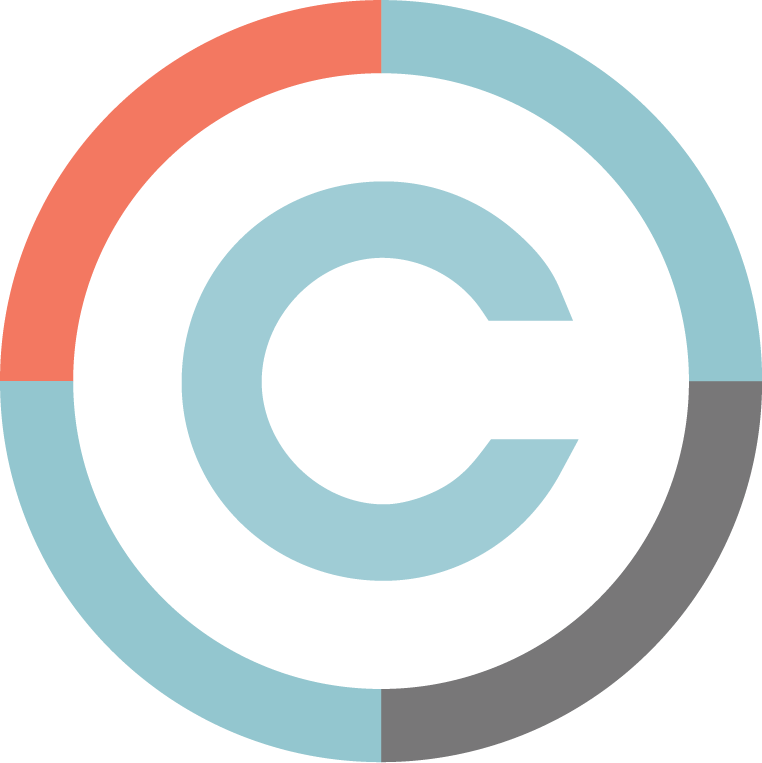The Voice of the Customer: How to find it & how to use it

When crafting messages to reach and motivate customers -- be they patients, general consumers, vendors of all types, students, purchasing agents for businesses and nonprofits, etc. -- good marketing must always strive for messages that are resonant with their needs. Needless to say, listening to customers can also help you improve your market-positioning, product, service, customer service, and other customer-facing processes, among many other variables under your control. So there is little, if anything, more essential for a business to succeed than understanding what customers want because for most businesses the quality of the customer experience is what differentiates them from their competitors. Whatever your business goals may be and whichever list of customer needs are paramount, you cannot move forward without the Voice of the Customer (VOC), what many view as “the component of customer experience that focuses on customer needs, wants, expectations and preferences.” There are lots of ways to listenFortunately, for something so fundamental, there are a plethora of means to capture the VOC and glean the information that can spell the difference between a business succeeding or failing. The means and methods of listening to the VOC include but are not limited to:
Whatever the method, the common goal is to ask questions that provide both positive insight and constructive criticism. Are customers unhappy with your price point? Do they have trouble using your product? Does your service or product actually make life easier or does it just stress them out? Is there a reason they’ve left you behind? What do they love about the experience of working with your organization? What will you do with what you’ve heard?In order to remain competitive and reduce their customer churn rate, a bank in Johannesburg, South Africa decided to use VOC and perform a comprehensive analysis on customer feedback across all their official channels, as well as social media. The bank used a hashtag-based campaign to gather feedback from customers regarding what they loved and hated about the bank. This campaign generated two million pieces of feedback, which was used to create custom categories that divided the feedback based on what bank service customers were saying regarding mobile banking, fees and charges, etc. Named Entity Recognition, or NER, the bank then used conduct sentiment analysis by allocating sentiment scores to the different comments. These scores allowed the bank to identify which areas and issues needed their attention most. Cowley Associates also has expertise in capturing and leveraging VOC. For example, a recent client of ours -- a civil engineering firm -- engaged us to perform a rebranding exercise given that their current brandmark focused on a single and previously predominant aspect of its business (landscaping). Cowley’s VOC research showed that both current and potential customers were unaware of the firm’s broader expertise in civil engineering, community development projects, wind power, and water/waste-water engineering, and more. Another finding was that current customers craved more direct access to (or at least visibility of) the firm’s senior partners. These and other findings guided Cowley’s marketing strategies, one manifestation of which was a new corporate video that ‘killed two birds’ by simultaneously promoting the firm’s range of services and using their senior partners to do so. We’ve also helped customers leverage VOC in case histories, testimonial videos, call-out quotes, and referral programs, among other strategies and tactics. If you need help capturing and leveraging VOC, call or email Gail Cowley to help your organization better understand its customers, what they need from you, and how to leverage those who are already elated with you! |
 Stay InTOUCHSign up here to get our monthly newsletter and blog updates. |





